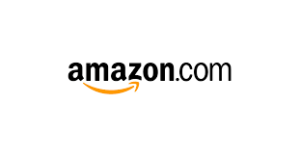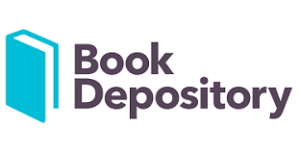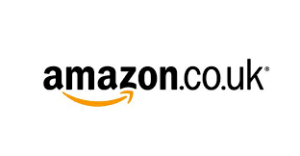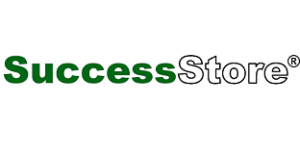Since the discussion about hybrid or blended working accelerated almost 3 years ago, I have always felt that there was a bigger story at play…the view that our largely 20th century model of work (how, where, when, what etc.) was already increasingly unsustainable with the 21st century life and business realities of the last 20+ years. AI, other converging technological advancements and societal factors such as 4-day week discussions are keeping work design and work model flexibility firmly on the agenda for employers from a productivity perspective and also for employees whose desire for control and autonomy in their working lives will continue as a longer term trend.
In 2024 employers (and their associated organisational cultures and workforce strategies) will fall into two main categories
- Those who stay ‘open’ to further reform and flexibility around work design and working life as businesses conditions continue to change, or
- Those who ‘settle’ for minor tweaking brought about by the hybrid chapter of the last couple years, revert to traditional norms and perhaps miss the opportunity to continue evolving and adapting.
A prediction for 2024 ? Work design and Work architecture will develop as a normal role(s) and/or discipline within the HR or business change functions in order to help and inform organisational choices around this dynamic story….
We provide some further thoughts below on the three main phases we see in the current transition to flexible work models, with more changes on the horizon.
2024 – a year of further transition and setting of future intent:
As we enter a new year, there is still a noticeable gap between desired employer policy and employee practice and expectations as to how flexible work arrangements should operate.
This gap narrowed in 2023, with both employers and employees taking steps to make flexible working fit-for-purpose more standard practice, but the evolution of more flexible work models is far from over. While other business and employment priorities take over the agenda in 2024, it doesn’t mean flexible work design is done and there is further change ahead.
The employment market in 2024 looks set to be split between two types of employers.
First, there will be the employers who continue to be open about how and where work is done with an eye to emerging influences such as artificial intelligence (AI) and the four-day work week.
Second, there will be those who revert to more ‘fixed’, pre-COVID work models and mindsets with minor concessions to demands for some form of hybrid working offering. Employees and future workforces will have a big say as to which of these ‘work cultures’ they want to work in……
In our experience, there are three distinct phases at play in the transition to flexible work models and how organisations are adapting to new and emerging realities.
Phase 1: Base camp:
Some organisations (not many) are still in the early stages of settling on their flexible working vision and strategy.
They are continuing to lay the groundwork for establishing new work models that cater to evolving work patterns and demands as well as organisational priorities.
This phase involves embracing the basics, getting the framework up and running and also considering their flexible working strategy for frontline roles and work that cannot be done remotely.
Phase 2: Integration:
Most businesses find themselves in this second phase. They have spent 12 to 24 months adapting to their declared approaches (the ‘what’) for flexible working and are now in a position to refine and integrate their flexible models (the ‘how’) with the demands of their business.
This involves addressing specific local challenges encountered in recent months, bridging gaps between employer policies and employee preferences, and adapting legacy processes and definitions of productivity. The opportunity presented by this phase is to ensure that work redesign will be an ongoing expectation and reality and is just not about getting hybrid right. The risk of this phase is that employers allow poor habits and practices to set in and that the expectation and need for ongoing reform and improvement is not made clear.
Employees are also considering whether their employer’s flexible working models align with what they want. Continued flexibility and ongoing dialogue will be critical to keeping people on board.
Phase 3: Beyond hybrid:
Organisations that have reached this stage have moved beyond the hybrid conversation. They have integrated hybrid working into a broader flexible work model and vision. Their experiences and approaches provide valuable insights into how this transition can best be managed.
A critical theme for them in this phase is the shift in narrative, where the focus is not solely on the hybrid debate but on achieving work flexibility and adaptability more broadly across the organisation.
This will include open work design conversations involving AI solutions, what flexibility looks like for all jobs as well as other local influences on how and where work can be done better and faster.
This encompasses reforming processes, enhancing employee experiences, reconfiguring workplaces and aligning change with ongoing cultural and transformational agendas.
In this phase, the emphasis also shifts to enabling teams to drive changes and improvements collaboratively rather than imposing them from the top down.
Furthermore, continuing support for managers to lead ongoing change becomes paramount in ensuring sustained success – and indeed some are looking at the future role of the manager itself.
It is also quite common to see some organisations shift from one phase to another and back again, as they re-set strategies and solutions with employees and their people leaders.
The future agenda:
As we move forward into 2024 and beyond, the perspective is shifting beyond the mere transition to hybrid working models.
Building on recent hybrid working experiences and fostering a culture of adaptability and agility will be transformative for both employers and employees, narrowing the gap between what employers offer and employees want.
The journey towards a flexible and adaptive workplace is ongoing and will continue at pace, with new chapters and milestones on the horizon.
Those organisations that prioritise learning from recent experiences and adapting to change as an ongoing habit will be best-equipped to succeed and minimise the employer / employee gap.
Let’s connect and continue the conversation.








